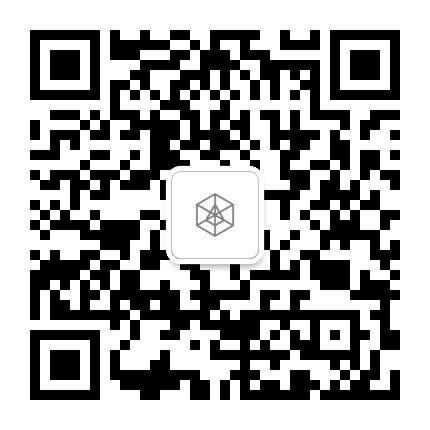ArcBlock Q&A: Competition and copycats are no match for a product beyond compare
2018-06-06
ArcBlock Community Technical Q&A 6/6/2018
On June 6th, ArcBlock held the fourth Community Technical Q&A event. The excepts from conversation between CEO Robert and ArcBlock’s community members are as follows.
Q: Is all progress being carried out strictly according to the previously announced plans?
Strictly? No. Are we on track? Yes. As a startup, we need to be adaptive to the market. There are changes, but our original plan was carefully laid out, so there are no major deviations from the course.
Q: The EOS mainnet will be launched soon; will ArcBlock Open Chain Access Protocol support the EOS blockchain, and if so, when?
OCAP will be able to support EOS, but we don’t yet know exactly when.
Q: Hi Robert, previously it was stated that Java is being used in the development. Are you looking at opportunities to use more efficient and functional coding languages such as Clojure?
To be clear, we never said we were using Java. Instead we are using Erlang, Elixir, and some node.js/Javascript. We never considered using Clojure.
Q: How will ArcBlock handle the scalability issues noticed on other blockchains such as Ethereum? Are you willing to implement solutions such as sidechain or sharding?
ArcBlock's blockchain has a very different architect from Ethereum’s. Ethereum and its followers, such as EOS, all try to be a so-called "Turing Complete" computing system, a “world’s computer.” ABT Chain takes a different approach. ABT Chain is a blockchain for "Programmable Tokens.” It’s optimized for a Token economy. ArcBlock is NOT a sidechain or shading solution, it's a new type of blockchain.
Q: How can you host applications since you are an ERC20 token? Or will you leave Ethereum blockchain to migrate to your own?
ERC20 ABT is just a placeholder token before the ABT Chain mainnet goes live. We will exchange ERC20 ABT for native ABT token later.
Q: Why did ArcBlock choose Algorand as its consensus schema instead of PoW, PoS or PBFT ?
That's a very good question. PoW is impossible because it needs extensive computing power and would be a waste of resources. Proof of Randomness is an algorithm tuned similarly to PoS, but instead of using stake, it uses randomness.
Q: Hi again Robert. With a large number of blockchain platforms being launched this year, how are you planning to compete with these platforms, and are you planning on being able to integrate with them?
It’s true: there are plenty of copycat blockchains that will be launched this year, but most of them are not truly innovative. We’re not worried about competition at this time, we’re just focusing on building ArcBlock as planned. In addition to Ethereum and Bitcoin, we will work closely with Cybermiles, and we are going to announce another important partner soon: Eloncity, a blockchain for micro-grid systems.
Q: Is Segmentation better than Proof of Randomness ?
It's hard to say, they are just different solutions. Time will tell.
Q: New projects (like OneLedger) are coming to the market soon, with similar ideas to ArcBlock. Are you ready for the competition?
As I touched on previously, our goal isn’t to beat our competitors to market, our goal is to make a better product. When the product is innovative, the competition takes care of itself.
